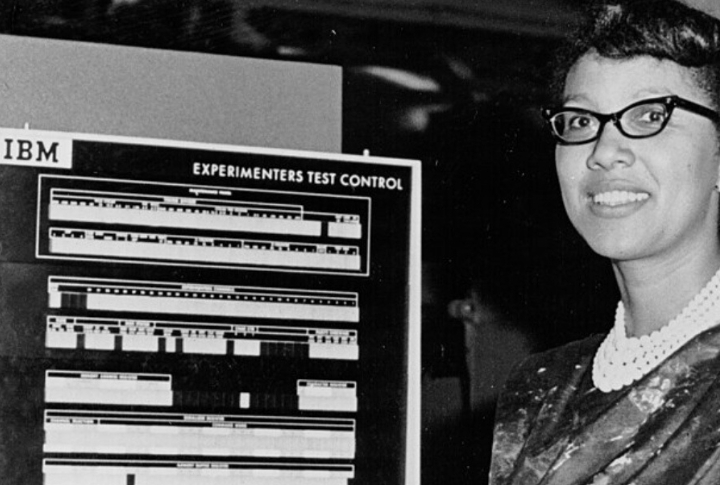
Once upon a time, some jobs could make you rich without ever hearing of a keyboard or a spreadsheet. As industries evolved and machines took over, entire professions quietly vanished. These 10 well-paying careers have been left behind, but each one reveals how society once valued skill and innovation differently.
Daguerreotypist
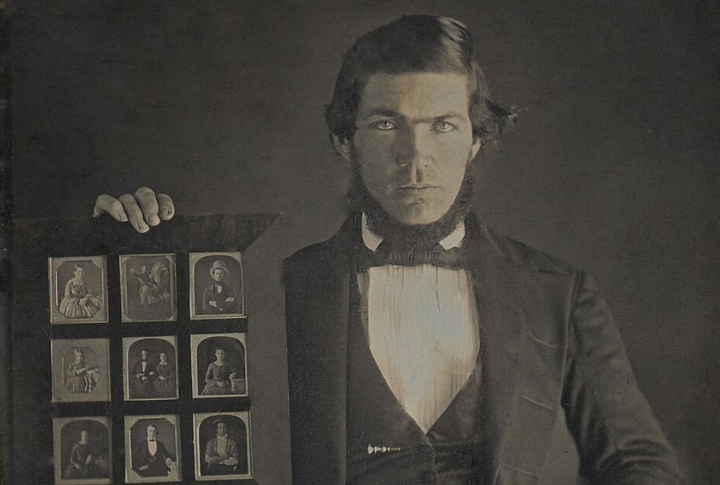
Before selfies and smartphones, daguerreotypists ruled the photo world. Using silver-coated plates, they created crystal-clear portraits that amazed 19th-century audiences. The pictures even helped solve crimes and reunite families. But with the invention of cameras, photography soon ecame faster and cheaper, leaving these early pros out of focus for good.
Alchemist
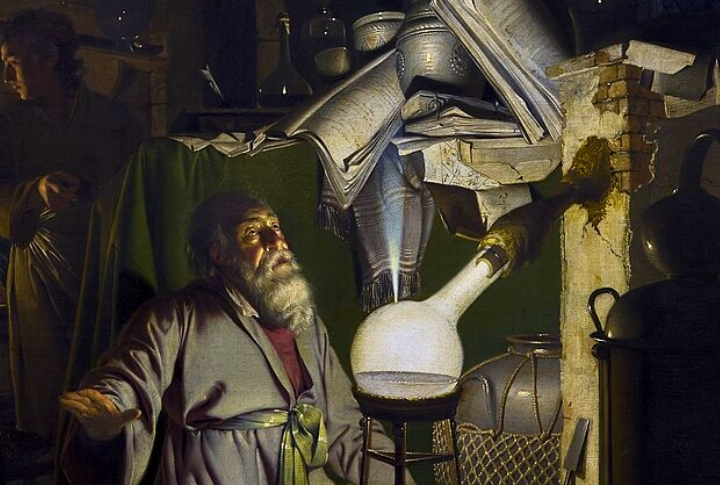
Back in ancient Egypt, alchemists were part scientist, part dreamer. They tried turning metal into gold and even chased immortality, all while wowing wealthy patrons. The magic-meets-science experiments inspired centuries of thinkers, but by the 1700s, the dream of the philosopher’s stone had finally lost its shine.
Linotype Operator
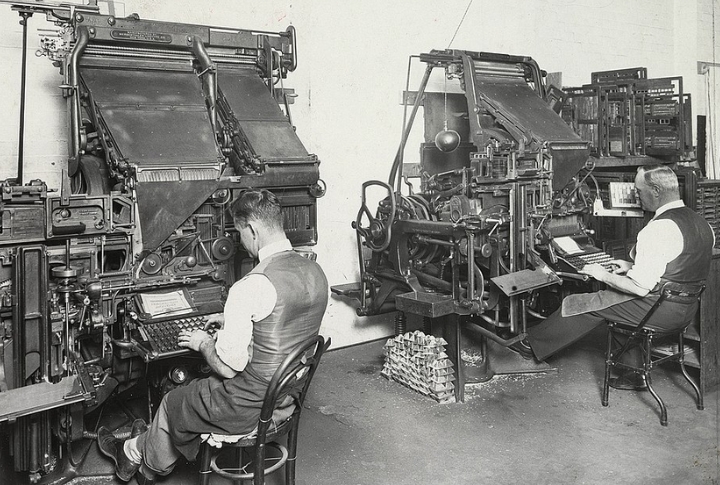
Once dubbed the “Eighth Wonder of the World,” the Linotype machine turned printing into high art, and its operators into rockstars of the newsroom. These skilled pros could set entire pages of type in minutes. Their once-essential craft faded fast, though, when digital typesetting arrived in the 1970s.
Human Computer
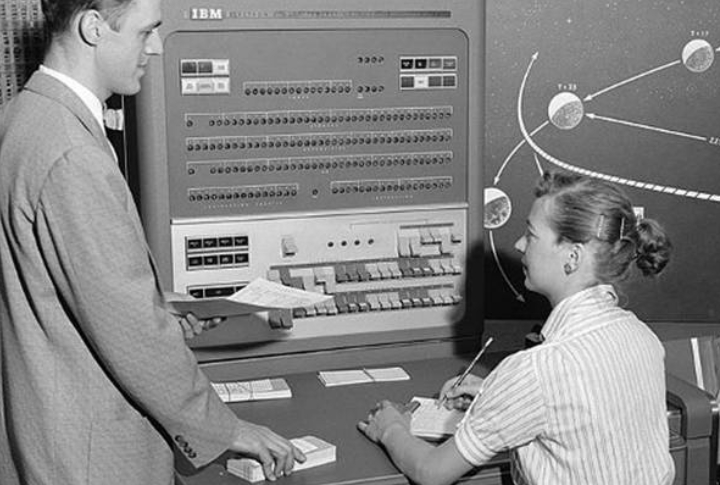
There was a time when “computers” were people (mostly women) who did mind-bending math by hand. They crunched numbers for astronomy, engineering, and later, NASA’s Apollo missions. Despite earning far less than their male colleagues, their precision and brilliance literally helped launch humans to the moon.
Resurrectionist (Body Snatcher)
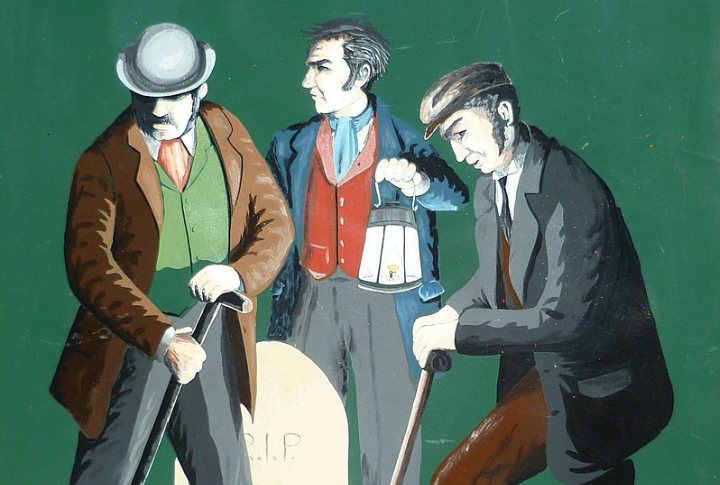
In 18th- and 19th-century Britain, medical schools needed bodies, so resurrectionists delivered. These grave robbers dug up fresh corpses for cash, sometimes crossing into murder, like the infamous Burke and Hare. They made fortunes in the shadows until new laws finally put an end to their grisly trade.
Plague Doctor
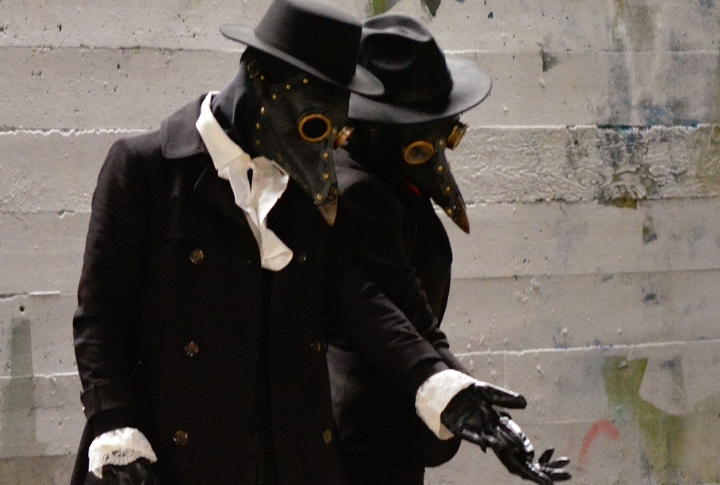
When the Black Death swept Europe, plague doctors were the brave (and well-paid) ones who showed up. The bird-like masks stuffed with herbs became iconic, though not exactly effective. As medical science improved, these eerie figures vanished. And who knows, maybe they even started studying to become real doctors?
Drysalter

Before chemical factories existed, drysalters were the go-to experts for dyes and preservatives. They kept industries like textiles and food production running smoothly, earning serious money for their know-how. However, modern chemistry took over in the late 1800s, and so, the specialized trade disappeared almost overnight.
Armorer
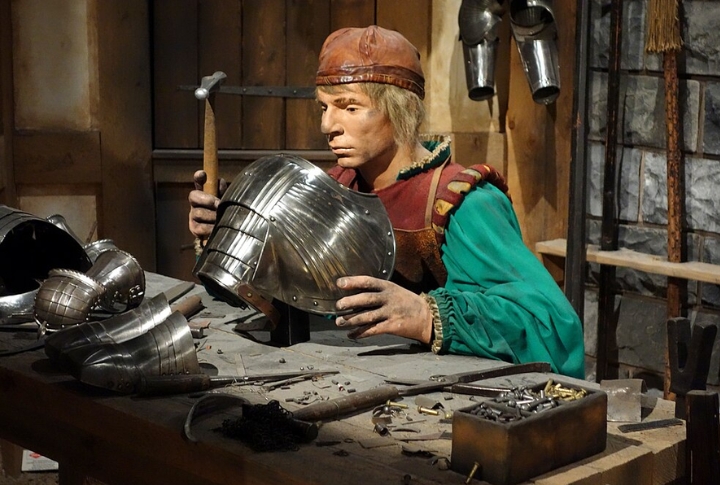
In medieval times, armorers were elite craftsmen who forged protective suits for knights and nobles. The work was art. These metal masters made fortunes and fame, but when guns changed warfare, even their finest steel couldn’t keep the profession alive.
Scrivener
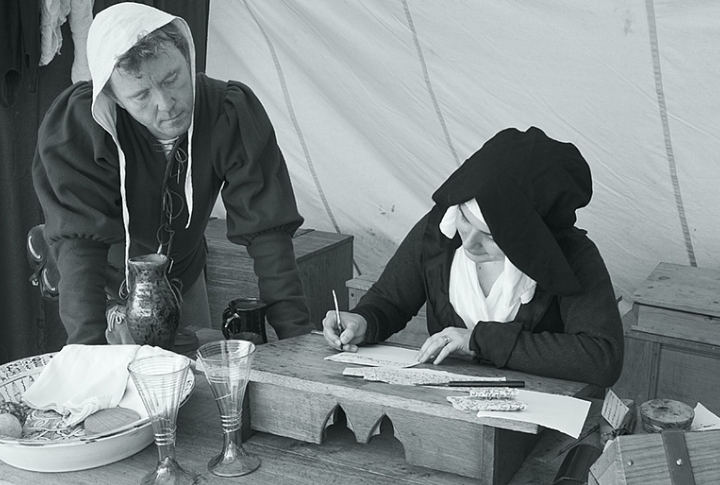
If you’ve ever admired beautiful handwriting, you would’ve loved the scrivener’s craft. These skilled professionals copied every legal record by hand, earning both respect and solid pay. But as typewriters spread through offices, their polished script turned from essential skill to elegant relic.
Groom Of The Stool
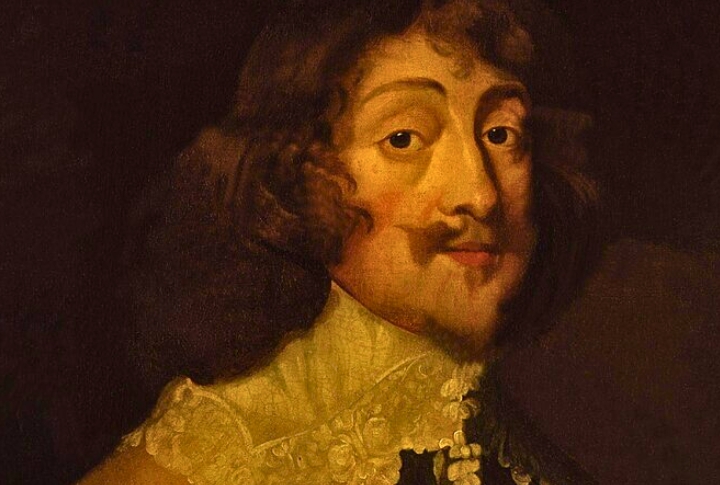
Believe it or not, helping the king use the toilet was once a royal career. The Groom of the Stool wasn’t just a bathroom buddy, though. He was a trusted advisor with insider access to the throne (literally). The job was finally flushed away in 1901.
